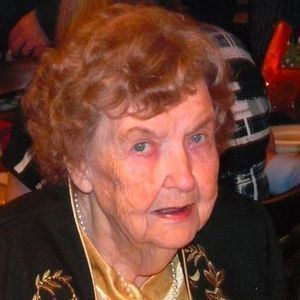Name Marion Stevenson | ||
 | ||
Marion Scott Stevenson (19 May 1871 – 1930) was a Scottish missionary with the Church of Scotland Mission in British East Africa (Kenya) from 1907 until 1929.
Contents

Stevenson worked at first for the church's Kikuyu mission at Thogoto, then from 1912 for its mission at Tumutumu in Karatina, set up by Rev. Henry Scott and Dr. John Arthur in 1908. She established and ran a girls' school, which became Tumutumu Girls' High School, taught sewing, knitting and hygiene, worked in the hospital, trained teachers and helped to translate the Bible.
According to theologian James Karanja, citing a Church of Scotland memorandum, in 1929 Stevenson coined the term "sexual mutilation of women" to describe female circumcision, a practice of great importance to the Kikuyu people, Kenya's largest tribe. The Kenya Missionary Council followed suit, and began referring to it that year as sexual mutilation, rather than as circumcision or initiation. It is now widely known as female genital mutilation.
Early life
Stevenson was born in Forfar, Scotland, to Agnes Barron and her husband, Robert Stevenson. Her older brother, William Barron Stevenson, became Professor of Hebrew and Semitic Languages at the University of Glasgow.
She attended John Watson's Institution and the Ministers' Daughters College in Edinburgh. Unable to study at the University of Edinburgh because she was a woman (they first admitted women in 1893), she went to lectures organized by the Edinburgh Association for the University Education of Women, then studied music and languages in Germany.
Missionary work
In 1892 and 1906 Stevenson attended lectures by Clement Scott on missionary work in Africa (Scott was related to Stevenson's father's first wife), and in 1907 she applied for a job in Kikuyu with the Church of Scotland Mission.
In Kenya locals called Stevenson Nyaruta, "the one with much saliva who speaks a great deal." She was also known as Nyamacaki or Namachecki, which her biographer, I. G. Scott, interpreted as "one who possesses many cheques" or "the one who lost a cheque-book" in the Kikuyu language. Stevenson acquired the name, Scott wrote in 1932, when her chequebook was stolen and she refused to give evidence against the suspected thief. The latter had worked for her in her home; according to Scott, Stevenson called the suspect "son," which he said was a turning point in his life, and he went on to become an ordained minister.
Namachecki can also mean "the thin animal" or "the thin one." According to historian Derek R. Peterson, this reflected local suspicion about Stevenson's diet; rumour had it that she and the other missionaries ate human flesh and used human skulls as drinking cups.
Stevenson died in Glasgow.
